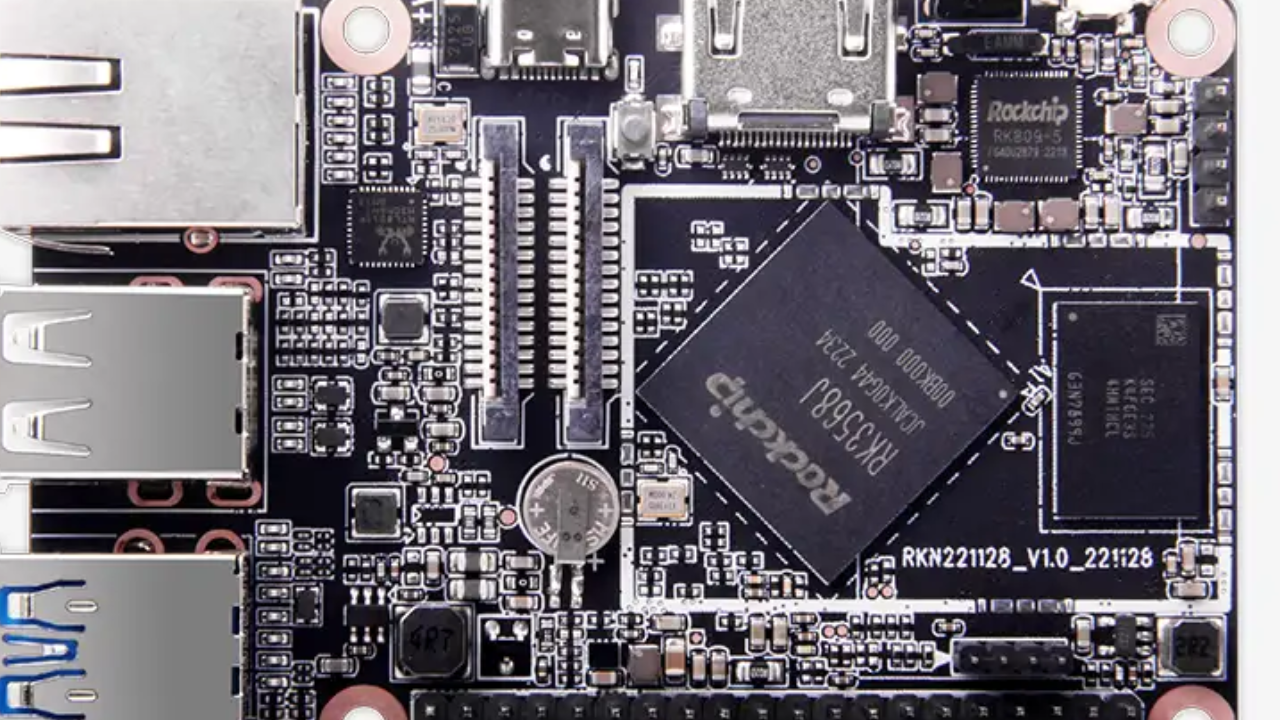Embedded single-board computers (SBCs) have become vital in businesses due to their compact design and comprehensive functionality, consolidating all basic components onto a single board. Their applications span mechanical robotization, customer gadgets, and IoT organizations, highlighting their flexibility. Significant to their successful arrangement may be a significant understanding of their power requirements.
Productive control administration is fundamental to ensure ideal execution, vitality productivity, and delayed life expectancy, especially in situations with restricted control accessibility or where vitality preservation is vital. By comprehensively tending to control contemplations, more items… SBCs can convey dependable and proficient operation, and assembly of the differing needs of present-day innovative applications while guaranteeing maintainability and cost-effectiveness.
Understanding the Power Prerequisites for Embedded Single Board Computers (SBCs)
Power necessities for Embedded Single Board Computers (SBCs) are pivotal contemplations in their plan, sending, and operation. These prerequisites include different perspectives, counting voltage input, control utilization, and warm administration. Understanding the control needs of SBCs is basic for guaranteeing ideal execution, reliability, and effectiveness in a wide run of applications.
Voltage Input
Embedded SBCs ordinarily work inside particular voltage ranges, which change depending on the design and expected utilization. Common voltage inputs for SBCs incorporate 5V DC, 12V DC, and sometimes 24V DC. The choice of voltage input depends on components such as the control supply unit utilized, compatibility with peripherals, and framework prerequisites. It's essential to guarantee that the voltage input matches the determinations of both the SBC and its peripherals to avoid damage and guarantee dependable operation.
Power Utilization
Power utilization is a basic calculation in deciding the vitality effectiveness and battery life of Inserted SBCs. It refers to the sum of electrical power expended by the SBC during operation and is regularly measured in watts (W) or milliwatts (mW). Lower control utilization is alluring, particularly for battery-powered or energy-efficient applications, because it makes a difference draw out battery life and diminishes working costs. Variables impacting control utilization incorporate the processor's proficiency, the number and sort of peripherals associated, and the workload or application running on the SBC.
Thermal Management
Viable warm management is essential for keeping up the temperature of Inserted SBCs inside secure working limits. Intemperate warmth can corrupt component performance, decrease unwavering quality, and indeed lead to framework disappointment. SBCs may join different warm administration methods, such as warm sinks, fans, or inactive cooling arrangements, to scatter warm created amid operation. Appropriate wind stream, ventilation, and natural conditions moreover play a significant part in warm administration.
Power Supply Contemplations
Selecting the correct power supply unit (PSU) is basic to meet the control prerequisites of Inserted SBCs. The PSU changes over AC (substituting current) or DC (coordinate current) electrical control from the mains or battery into the fitting voltage and current levels required by the SBC. Variables to consider when choosing a controlled supply incorporate yield voltage and current evaluations, effectiveness, reliability, security certifications, and compatibility with the SBC's voltage input determinations.
Power Management Highlights
Embedded SBCs may consolidate control management highlights to optimize vitality effectiveness and expand battery life. These highlights incorporate rest modes, energetic voltage and recurrence scaling (DVFS), and low-power states. Rest modes permit the SBC to enter a low-power state when inert, decreasing control utilization without compromising usefulness. DVFS powerfully alters the processor's voltage and recurrence based on workload necessities, optimizing execution while minimizing control utilization. Low-power states advance decrease control utilization by closing down or sitting non-essential components when not in utilize.
Conclusion
Understanding the power prerequisites for Embedded SBCs is basic for guaranteeing solid and effective operation in differing applications. Components such as voltage input, control utilization, warm administration, control supply contemplations, and control administration highlights, that designers and framework respectability can design, send, and keep up Embedded SBC-based arrangements that meet the particular needs of their ventures. By optimizing control utilization and warm execution, Implanted SBCs can provide prevalent unwavering quality, vitality productivity, and execution in mechanical, buyer, and IoT applications, driving advancement and empowering modern conceivable outcomes within the computerized time.


